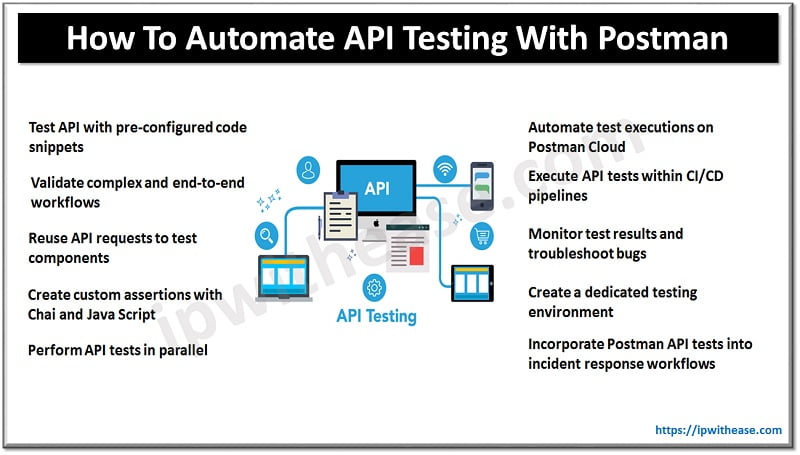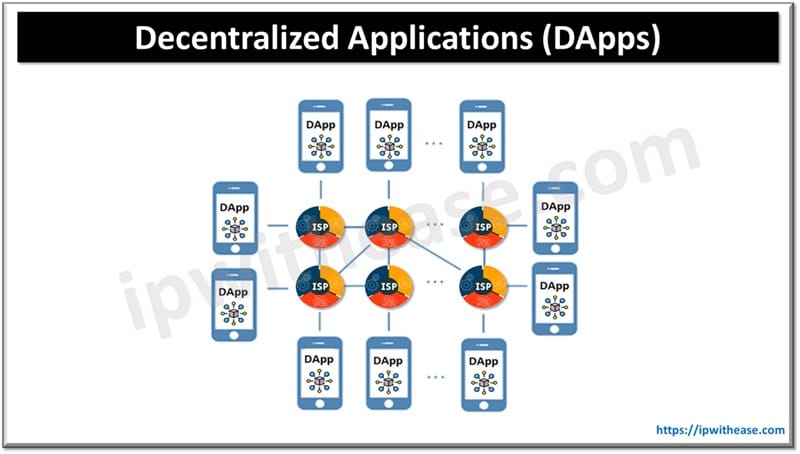From Idea to Launch: How to Create Your Own Website in 5 Easy Steps
An online presence is arguably more important than ever for businesses in today’s data-driven and digital business environment. The website offers businesses a quick and easy way to grow their clientele, build their brand and stay competitive. The idea of creating a website from scratch can seem daunting to new businesses, and those with no prior expertise can feel overwhelmed. Building a website typically starts with selecting a domain name, choosing a web hosting provider for a smooth and easy running website, selecting the CMS for content marketing, logo designing and what not. Fortunately, with the right planning, it is possible to create a simple business website yourself.
If you are wondering ‘how to create a website’ from scratch, keep reading to know the steps to build a website without any technical knowledge or coding skills.
![How to Create Your Own Website in 2024 [5 Easy Steps] 1 How to Create Your Own Website 1](https://ipwithease.com/wp-content/uploads/2023/11/How-to-Create-Your-Own-Website-1.jpg)
How to Create Your Own Website from Scratch?
Step 1: Define Your Website’s Purpose
Defining your overarching goal for creating a website is essential before we begin the actual development process. This initial phase ensures that every design decision you make perfectly aligns with the main goals of your site. You must ask yourself several questions, such as:
- What is my website’s long-term goal?
- What products or services I am going to provide through my website?
- How should I use my website to promote my brand identity?
- What steps should website users take when exploring a website? This may include viewing goods, making a purchase, reading information or subscribing to a newsletter.
- What tone and voice do I want to use when talking to my visitors?
For example, if you own an online store, your website design should smoothly guide customers through the entire shopping process. Similarly, if you are building an online portfolio, your design should complement your creative output.
In case you need help in understanding the purpose of your website, think about things like your target demographic, the goals of your content strategy, the anticipated behavior of your visitors, and your preferred voice and tone for communicating with visitors. Some of the types of website for business that you can build based on your brand’s goals:
- Portfolio website
- Ecommerce website
- Personal website
Step 2: Select a Website Building Platform
Let us now start creating a website from scratch. First things first, pick a platform to build your website on. Ideally, choose a platform that is compatible with your resources, and intended usage.
In this regard, WordPress is one of the most popular CMS platforms for building a variety of websites, from massive eCommerce storefronts to online directories and digital resumes. To make your website available to the public while using WordPress website, you need to purchase a web hosting service. WordPress makes it easy to manage and edit websites, even for a beginner. It serves as a springboard for many experienced developers who create unique websites, themes and plugins.
Step 3: Pick a Domain Name & Web Host
Choosing a domain name for a website should be simple, but as GoDaddy pointed out, it takes a lot of time and consideration if you want to create a website step by step. When building your online identity, your domain name is quite important. From an SEO perspective, a carefully chosen domain name can improve findability in keyword searches and facilitate digital marketing efforts to promote the site effectively.
Keeping these factors in mind, spend some time in choosing your domain name, do a thorough keyword research. Also, you should analyze your industry to find a name that is concise, memorable, and represents the services and products that you offer. Your domain name should reflect your target market or location, as well as be unique and eye-catching.
Some of the best web hosting for beginners are OVHcloud, Hostinger, Bluehost, DreamHost, Hostgator, etc.
Step 4: Design and Optimize Your Website
How to design a website?
For WordPress users, go to Dashboard -> Appearance -> Customize and use the theme customizer. Note that the editing options are based on the selected theme. For example, WordPress’s Twenty Twenty-One has options to change backgrounds and images, but not fonts; however, custom CSS can be used. The color palette should be your first priority when customizing. Choose a dominant color to express your identity and take cues from the associations and effects of color psychology.
Choose no more than two to three complementary secondary colors to maintain the prominence of the dominant color. Use a neutral background and text color for easier reading. Now focus on matching the typeface used in your website content to your brand. Web designers typically use two to three fonts, one for headlines that convey important messages, and two more for body text and subheadings. After customizing the color scheme and fonts, move on to the next section.
Importance of mobile optimization
Emphasis on mobile friendliness has become essential as smartphones account for half of all internet traffic. Missing out on this detail in your website design will cost you a lot of potential customers. In addition, Google considers mobile-friendliness to be a critical element in its SERP ranking decisions.
Other methods of improving web design for mobile devices include the following:
- Add a hamburger menu to your tablet and smartphone view. To save screen space, this menu groups the connections under the three-line button that is normally located in the upper left corner.
- By optimizing the size of buttons for easy finger tapping, CTAs will be touch-friendly. Keep a large distance between the buttons to avoid user errors.
- To improve scrolling optimization, add elements such as a sticky navigation bar, a back-to-top button, or scroll-triggered effects.
Step 5: Add Key Features and Functionalities
Be it a small business website or a site for a large business venture, adding lucrative features and plugins will provide better traffic. Let us understand this with the help of some related pointers:
Contact forms and why every site should have a contact page.
A contact form stands as a key component among the many attributes a website can have that increase its size. As lead generation is still essential for any business, contact forms remain relevant all the time.
- A contact form on your website enhances security by discouraging spam messages and securing your website from email bots.
- It helps grow your email list, which is essential to attract customers.
- It offers users convenience and makes it easier for them to contact your business.
Adding crucial plugins/extensions for added functionalities
Extensions and plug-ins enhance platforms or web design tools by adding functionality, features, or effects. They provide benefits such as problem solving, time saving, performance optimization and aesthetic improvement. Plug-ins and extensions also enable file caching, request reduction, image compression, and faster content loading. These techniques improve SEO, conversion rates, and user experience while avoiding issues like broken links or slow loading.
Adding social media links to website footers
Social media links serve as a reliable ID card, allowing you to quickly distinguish between real and fake accounts. Furthermore, they help SEO quite a bit. These social media links make a connection between the website and social media and let Google know that they are friends.
Essential security features, like SSL certificates
SSL is used to develop secure internet connections. SSL certificates enhance website security and are valuable for businesses. They also offer secure data transfer through encryption. Sensitive data can be protected with SSL certificates such as your card information, login details during online transactions.
What to do After Developing a Website?
Once you know how to build your own website, you should also know about the next steps. Here are a few things that you must do in order to get the desired results from your website:
1. List products and services for business pages
Optimize your site design with important components to increase the likelihood that customers will find and complete purchases. Here are some effective tips for listing products and services in business pages:
- Provide accurate product classification to facilitate product discovery based on step-by-step navigation.
- Develop keyword-rich product descriptions to improve search engine optimization (SEO) and visibility.
- Use high-quality product photos with consistent backgrounds for a better visual experience.
- Keep prices low while highlighting benefits like free shipping or buy one get one free deals. Use engaging call-to-action buttons that have a sense of urgency, striking design, and compelling language.
2. Use content marketing strategies
Content marketing revolves around the production and distribution of online products and services, not only to promote the business, but also to bring more customers to your website. It involves sharing information and telling stories to increase brand awareness. Rather than simply advertising a business, content marketing focuses primarily on providing consumer benefits.
It includes various media strategies, such as blog posts, e-books, podcasts, and online videos. This strategy fosters long-term connections with clients that can lead to numerous sales over time.
3. SEO implementation for website ranking
Users are more likely to engage on the top five search engine results when they search the Internet. Despite the fact that Google can provide millions of results, most users only look at the SERP (search engine results page), with over 25% choosing the first result. Your website’s search engine ranking increases with effective SEO practices, making it more likely to increase traffic and generate leads.
Conclusion
Now that you know how to create a website, the last part is to keep your website up and running. To foster user feedback and learning, you need to first understand the needs of your users.
Communicate the value of the user experience through storytelling and demonstrations to increase user engagement. Further, you can incentivize the user engagement with rewards such as gamification. This approach ensures continuous user engagement, feedback and learning while being in tune with user needs and preferences.
Continue Reading:
ABOUT THE AUTHOR
IPwithease is aimed at sharing knowledge across varied domains like Network, Security, Virtualization, Software, Wireless, etc.



